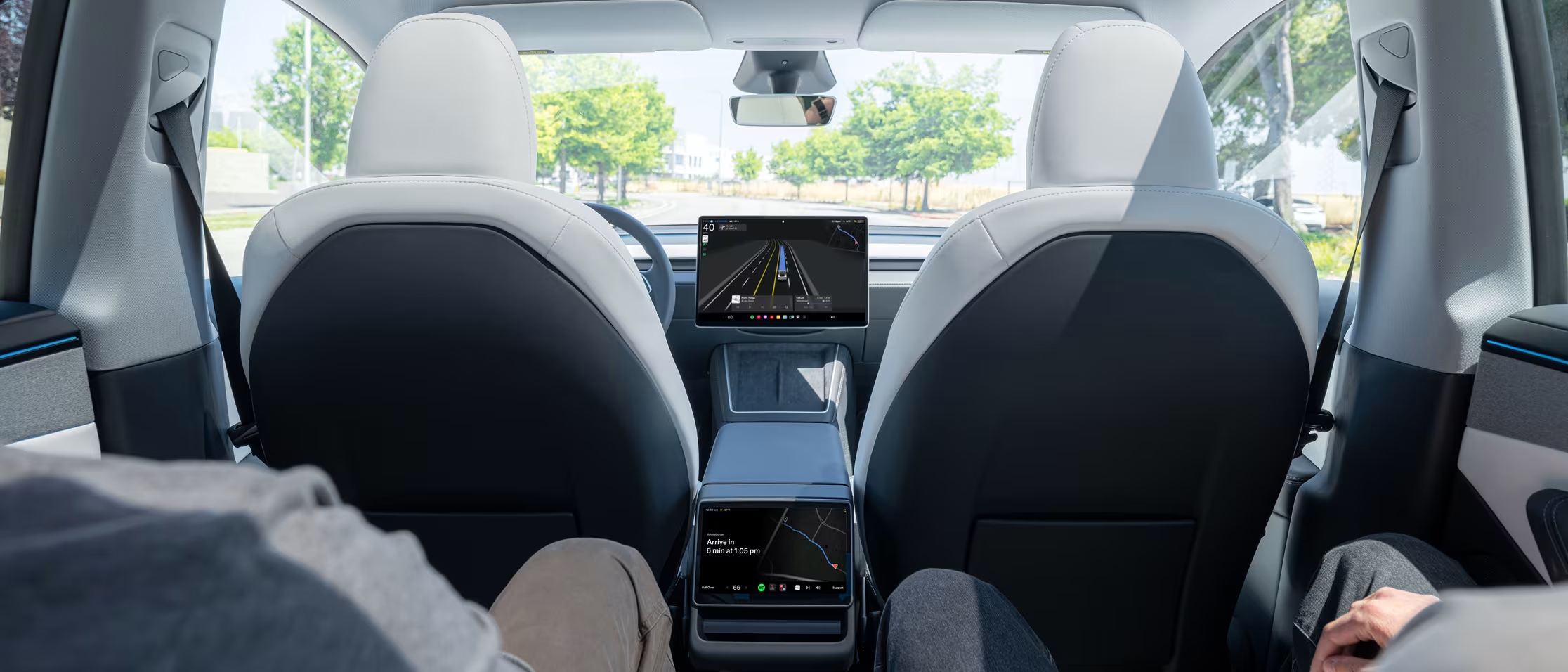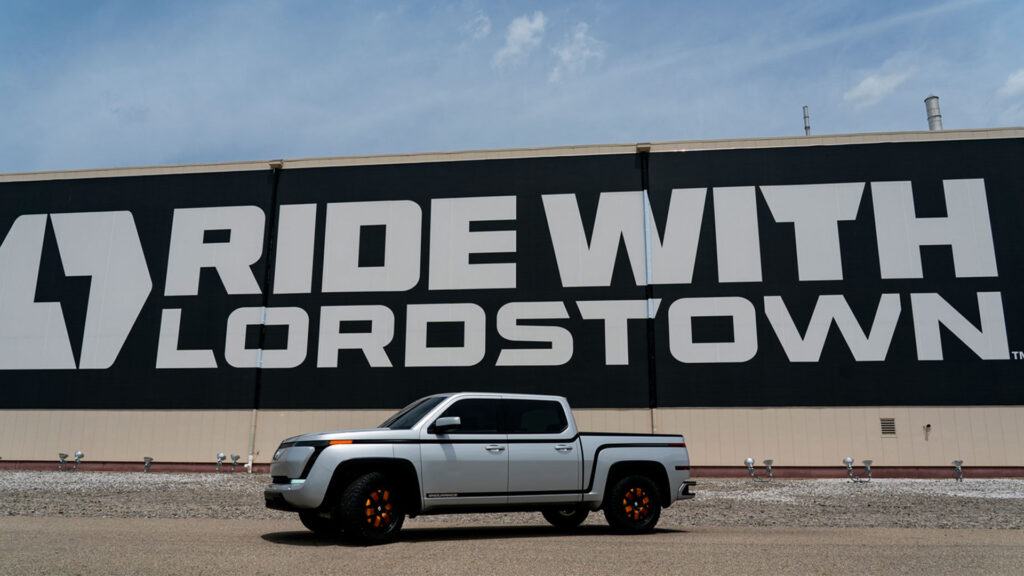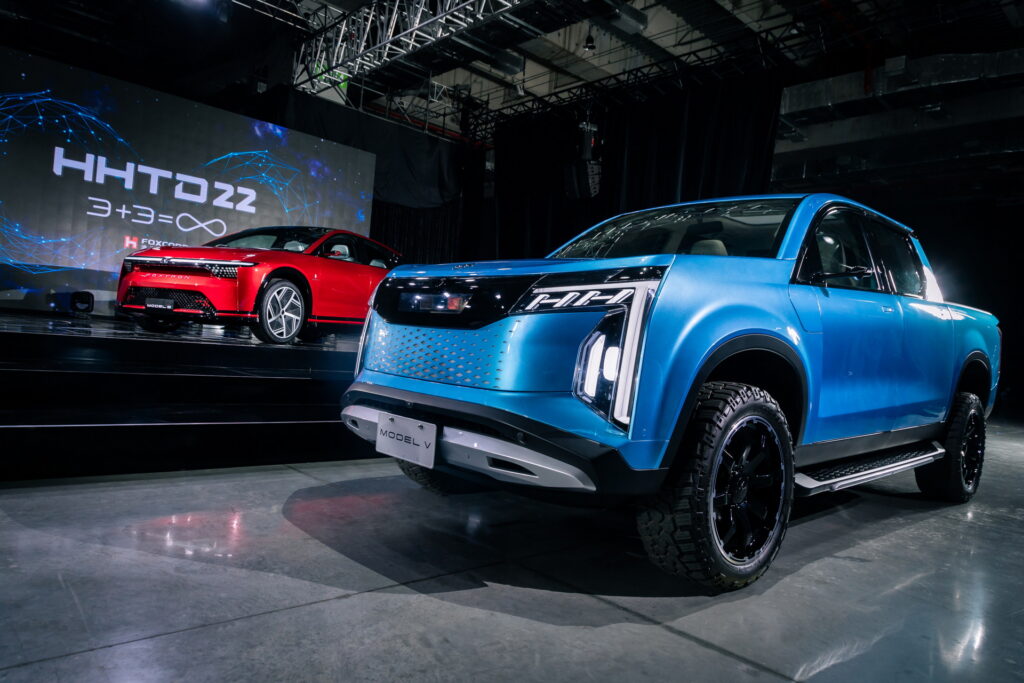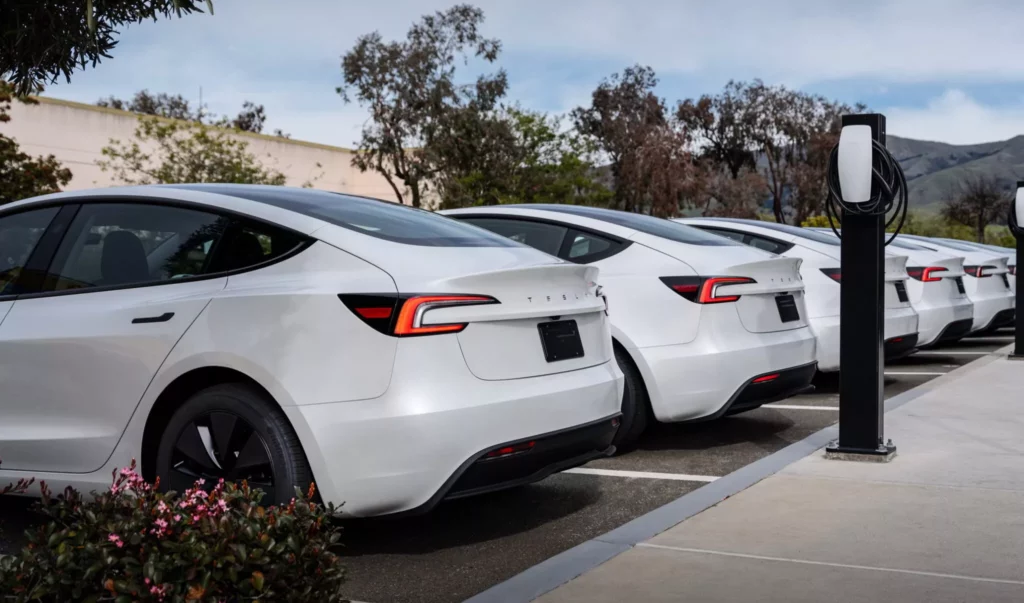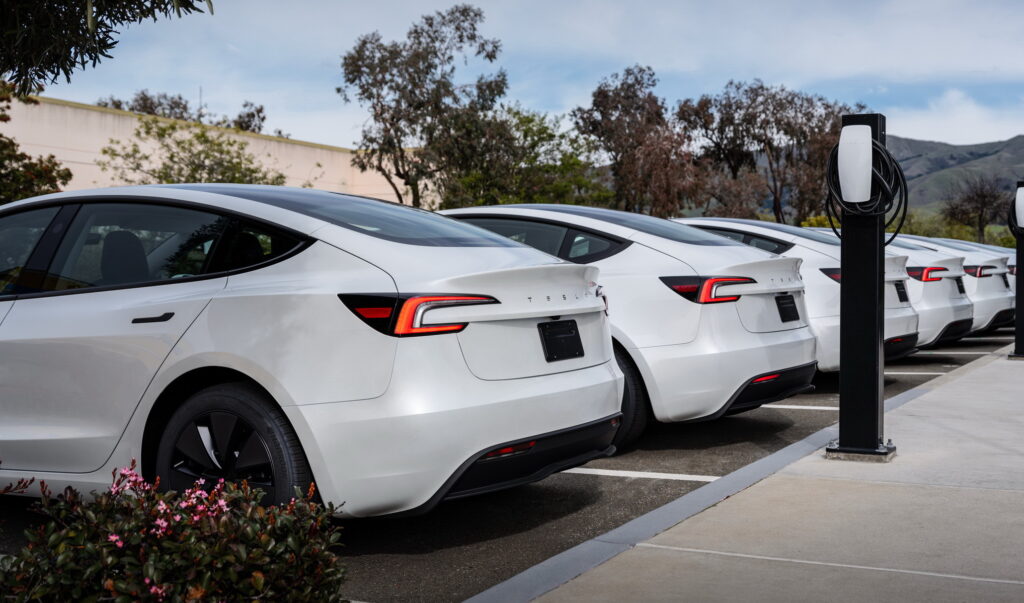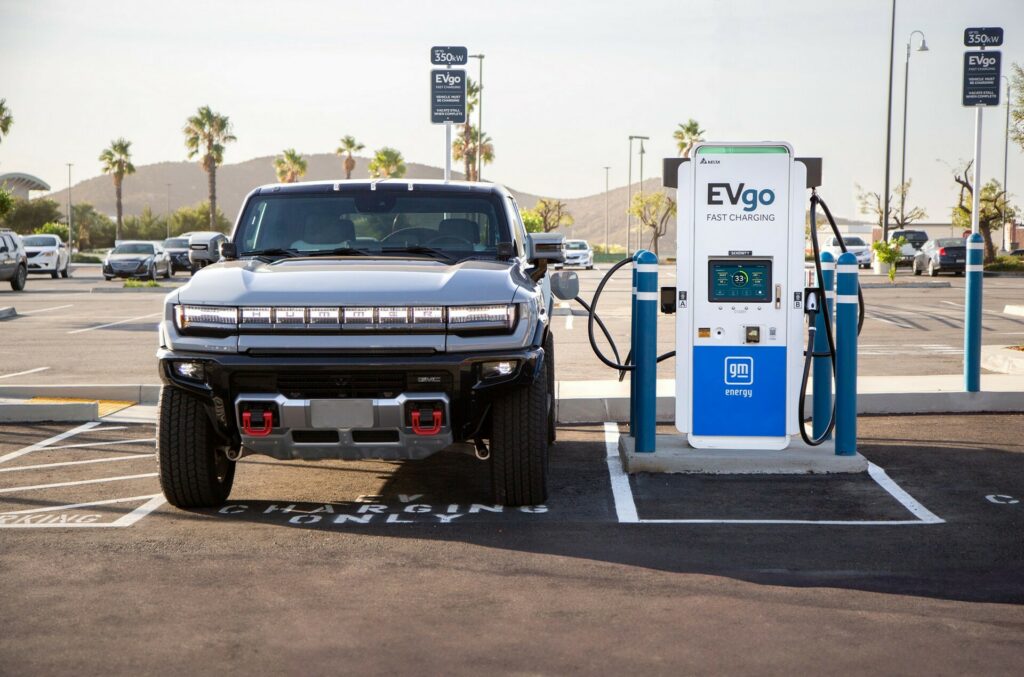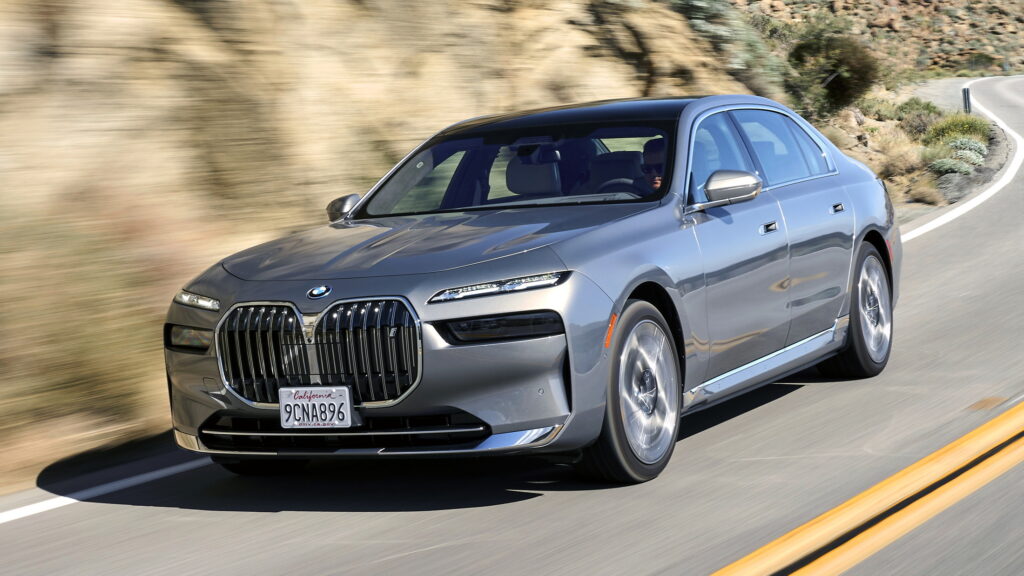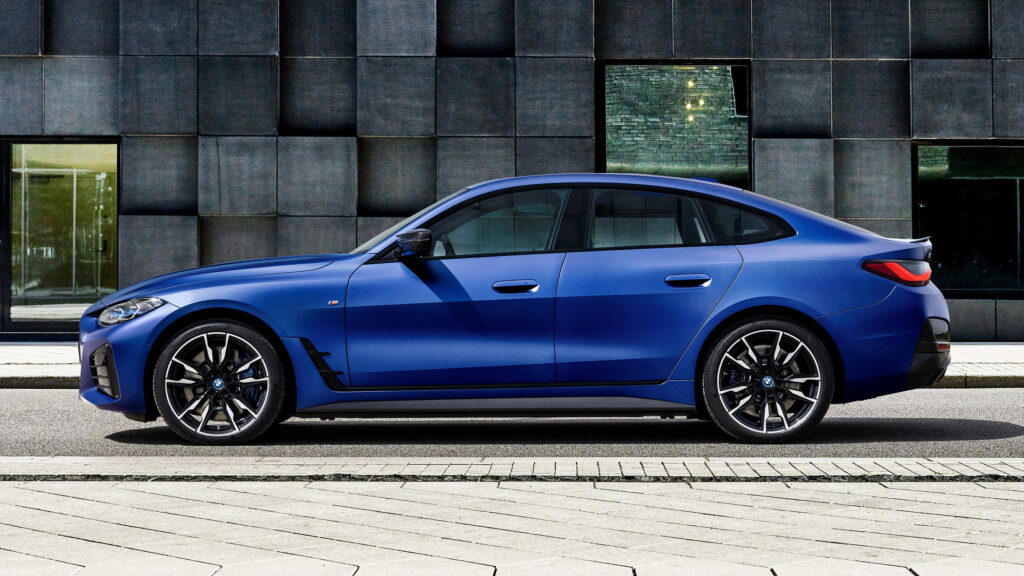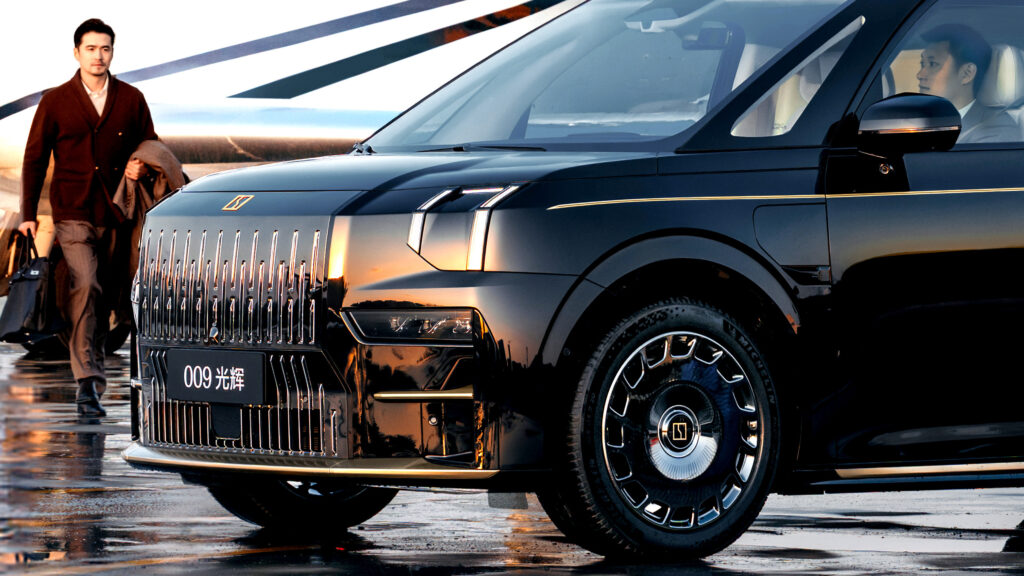MG’s Dirt Cheap Hatch Joins Exclusive Club Of Semi Solid State EVs
- Entry-level versions of the MG4 will be sold with 42.8 kWh and 53.9 kWh battery packs.
- MG has yet to announce pricing details for the semi-solid-state-equipped model.
- Driving the wheels is a single electric motor with 161 hp (120 kW) and 184 lb-ft (250 Nm).
Electric cars tend to follow the familiar auto industry rhythm, each generation sticking around for six to ten years. But in China, where the EV market is evolving at breakneck speed, that timeline gets compressed. Just three years after the MG4 first hit the streets, it’s already getting a second-generation update. And this isn’t just a mild refresh.
The latest version brings a full redesign, a new platform, an overhauled interior, and most importantly, a semi-solid-state battery offering. Perhaps even more surprising of all, it starts at just 73,800 yuan, or just under $10,300.
Read: MG Storms Goodwood With Two New EVs And A Sexy Roadster
It’s been almost five months since the first photos of the new MG4 surfaced, but only now have sales started and technical specifications been confirmed. The biggest headline is the battery. Among the available options is a semi-solid-state unit developed by QingTao Energy, which marks the first time a mass-produced EV features a battery pack of this kind.
A New Type of Battery Tech
While not a true solid-state battery, which uses no liquid electrolyte, the unit powering the second-gen MG4 contains just 5 percent liquid electrolyte, less than the semi-solid-state batteries found in the Nio ET5 and IM L6 Max Lightyear. Its energy density isn’t particularly impressive at 180 Wh/kg, but the 70 kWh pack is reportedly enough to give the electric hatchback a range of up to 334 miles (537 km).
This battery will not be standard, and the pricing for it has not been announced. What we do know is that the cheaper versions will be offered with 42.8 kWh and 53.9 kWh battery packs, offering 271 miles (437 km) and 329 miles (530 km) of range, respectively.
The base 73,800 yuan ($10,300) version is known as the Comfort, while sitting above it in the range is the Ease, priced from 81,800 yuan, or around $11,400. The flagship version of the 42.8 kWh-equipped model is known as the Freedom, starting at 90,800 yuan or $12,600. The 53.9 kWh Smart version starts at 105,800 yuan or $14,700.
The updated MG4 has grown slightly in size compared to its predecessor. It now measures 4,395 mm (173.1 inches) in length, 1,842 mm (72.5 inches) in width, and 1,551 mm (61.1 inches) in height, with a wheelbase stretching to 2,750 mm (108.3 inches).
Better Looks, Better Cabin
Visually, the new MG4 adopts a far softer and more curvaceous design than the model it replaces. The cabin also looks impressively well-equipped and includes a 15.6-inch infotainment display, a small digital instrument cluster, a wireless phone charger, and a floating transmission tunnel. In typical EV fashion, it’s quite minimalist, but appears quite premium, particularly given the car’s price tag.
Elsewhere, the MG4 includes heated and ventilated front seats, a large panoramic glass roof with an electric sunshade, and rear seat backs that can recline up to 27 degrees. Synthetic leather is also found throughout, and there’s even a heated steering wheel.
While pre-sales of the new MG4 have just opened, MG hasn’t said when the first customer deliveries will begin. The timeline for international launches is not yet known, but we expect the small MG to arrive eventually in key markets like Europe and Australia.
